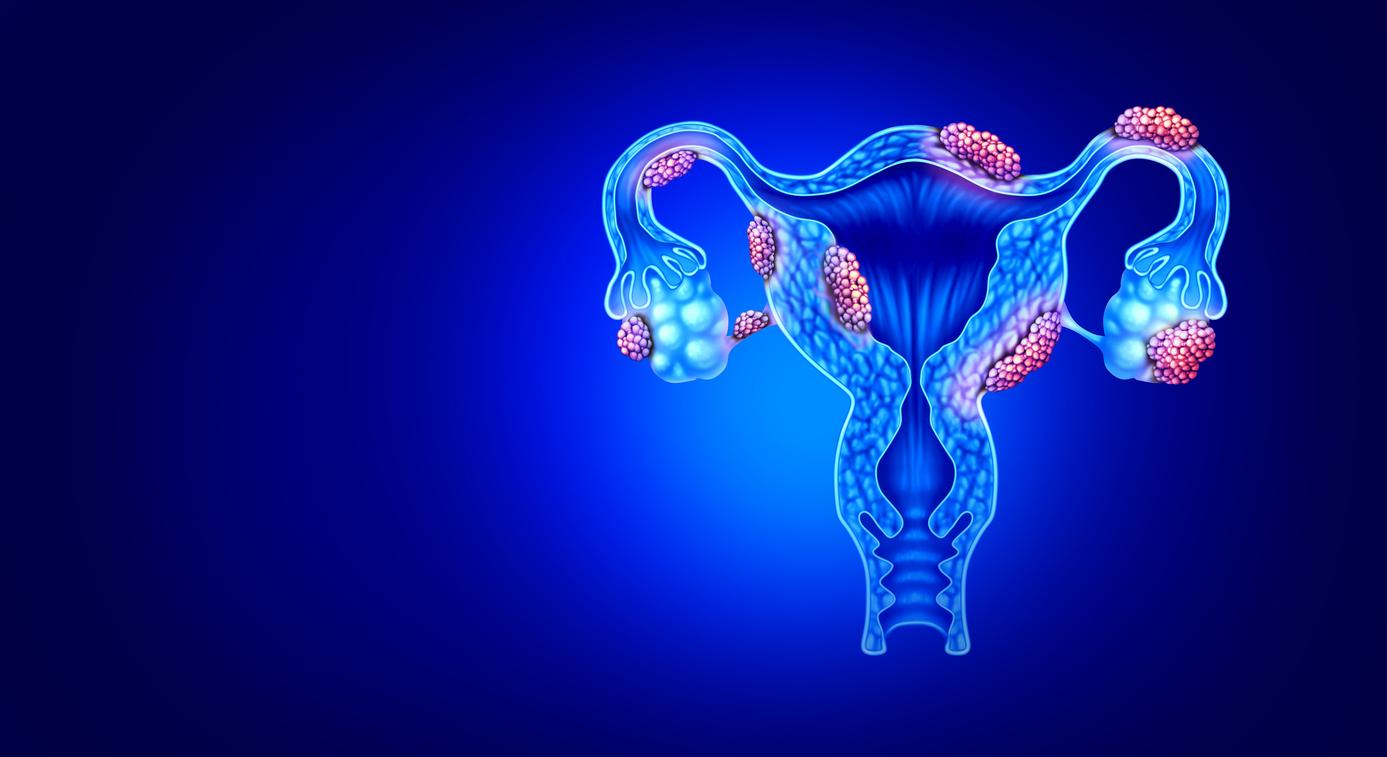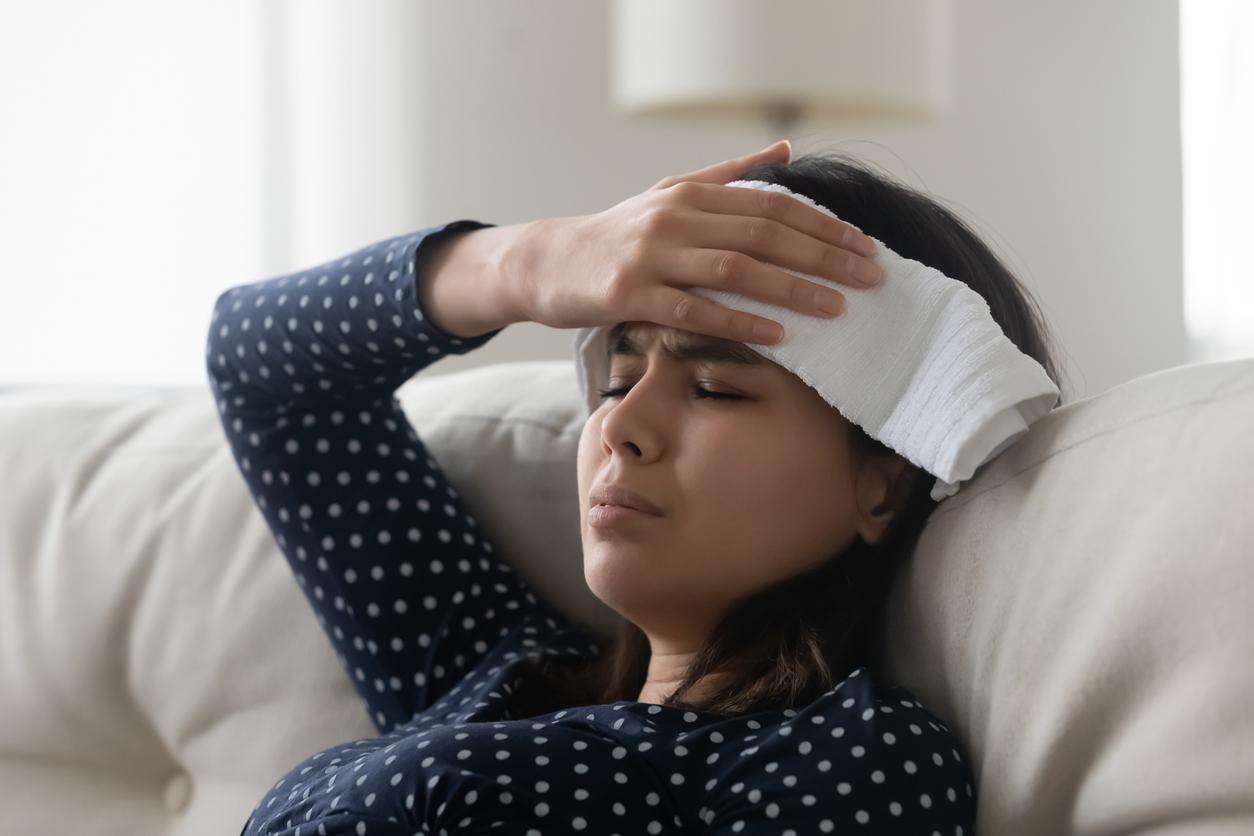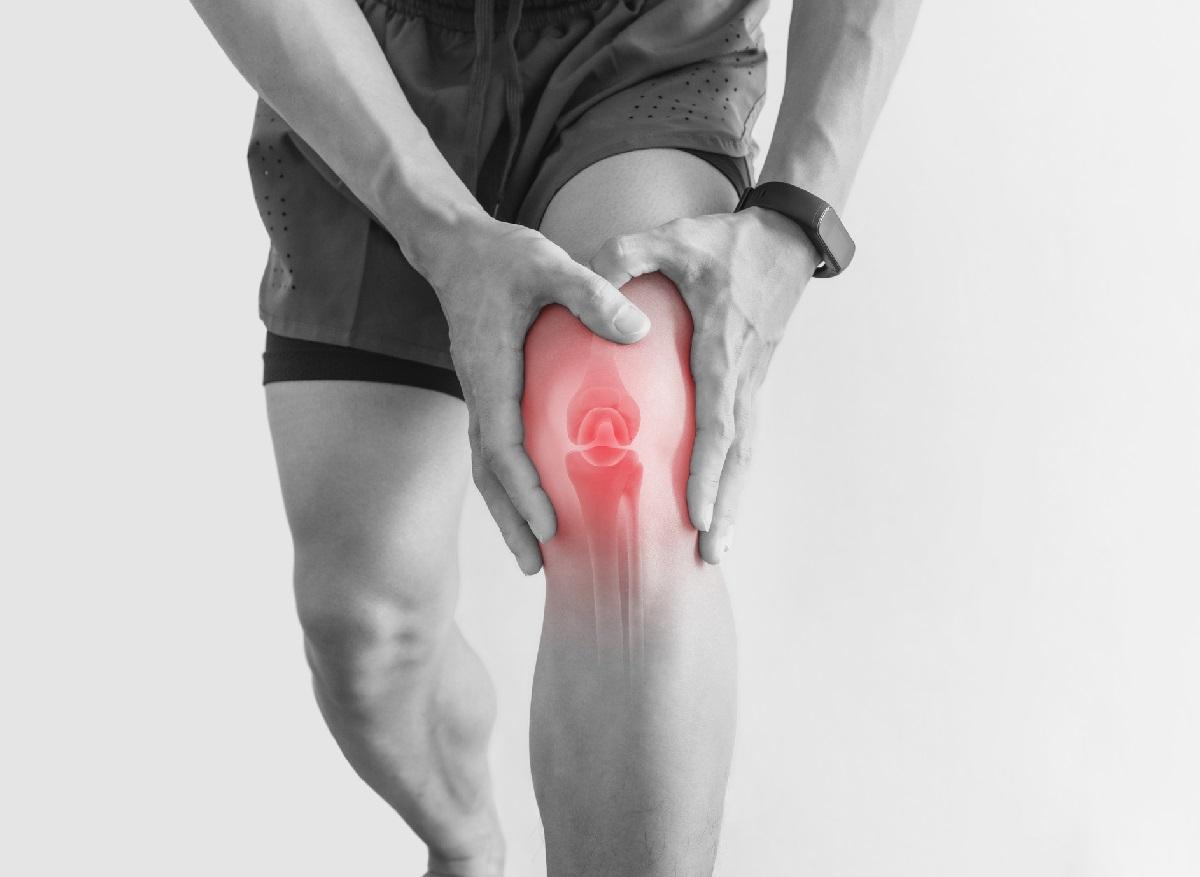Medical cannabis is all the rage. Maybe it is effective, but the evidence is lacking in pain. However, this does not prevent the ANSM from working on an authorization in contradiction with its usual principles of scientific requirement.

At the request of many patients and certain doctors, and to take into account what is happening in other countries, the National Medicines Safety Agency (ANSM) launched an assessment in September to measure the interest of prescription of therapeutic cannabis. According to his latest press releasethis committee of experts has just issued conclusions in favor of its use under certain conditions.
We can understand the compassionate motivations of this decision for patients at the end of life and without a therapeutic solution. The committee thus “considered, like several other developed countries, that it was not “ethical” to refuse patients a treatment that could relieve them. Especially since many patients have not waited for us, which exposes them to risks”. You can easily find cannabidiol-based drugs on the internet, even if you don’t really know what’s inside.
But, we must be aware that this is a new departure from the normal drug validation process: a decision risks being taken when it is not supported by conclusive scientific evidence, since serious studies have not mostly not done. After the case of Baclofen, this is a new exception to the usual rigorous scientific validation process. The “not completely rational” is becoming a habit in the French healthcare system.
What is medical cannabis?
Cannabis is a generic term used to refer to drugs produced from plants belonging to the genus “Cannabis”: THC and cannabinoids. Due to its high psychoactive effects, the tetrahydrocannabidiol, or THC, found in cannabis makes it one of the most popular recreational drugs. However, THC concentrations vary greatly between cannabis plants and growing methods.
“Medical cannabis”, or “therapeutic cannabis”, refers to the use of cannabis or cannabinoids (cannabidiol in particular) as a medical treatment to treat disease or alleviate symptoms. Cannabidiol is the second most studied cannabinoid after THC and is present in many preparations. Cannabinoids currently prescribed around the world include dronabinol capsules, nabilone capsules, and nabiximols oral spray.
Cannabis and cannabinoids can be administered orally, sublingually or topically. They can be smoked, inhaled, mixed into food, or made into tea. They can be taken in the form of plants or natural extracts of the plant (obtained by isomerization of cannabidiol) or, finally, be produced synthetically.
What evidence of effectiveness?
Cannabis could act on the Chronic Pain through stimulation of cannabinoid receptors in the brain (low affinity), but also non-cannabinoid mechanisms (anti-inflammatory and neuroprotective effects). These effects appear to be dose-dependent and may act on the transmission between nerve cells (synaptic transmission) at the level of the dorsal horn of the spinal cord. Inhibition of information flow at this level could have a role in the development of chronic pain associated with local inflammation or nerve damage. A reduction hypersensitivity to pain (“allodynia”) with cannabis has been demonstrated in mice.
A systematic review of the benefits and adverse effects of cannabis and cannabinoids has been published in the JAMA in 2015. Integrating 79 studies and 6462 patients suffering from chronic pain, but also from spasticity or epilepsy, it had shown that the studies were most often of poor quality and that if a benefit could exist on the spasticity of MS and some childhood epilepsies, its effect on chronic pain was more uncertain. However, there were obvious side effects. In study recent study on intractable pain, cannabis has shown efficacy in patients for whom traditional treatment options have failed. But a wide study of an Australian cohort, on more than 1,500 painful patients followed for 4 years, shows that cannabis does not reduce either pain or the consumption of opioids… We therefore need real randomized, double-blind trials of sufficient size to objectify a possible analgesic effect compared to a very probable effect on the ability to bear pain
The diseases concerned according to the ANSM
In the ANSM press release, the Committee considers that it is relevant to authorize the use of cannabis for therapeutic purposes for patients in certain clinical situations and in the event of insufficient relief or poor tolerance of available therapies. . This use can be considered in addition to or in replacement of certain therapies.
The experts have thus retained certain situations justifying the use of cannabis: “in the event of pain refractory to accessible therapies (medicated or not), in certain forms of severe and pharmaco-resistant epilepsy, within the framework of supportive care in oncology , in palliative situations and in the painful spasticity of multiple sclerosis”.
One can only be surprised to see this list cheerfully mixing badly characterized pain with other better defined ones, and where the evidence of efficacy is doubtful, with childhood epilepsies and spasticity in MS, where studies are of better quality although small in size. According to the established expression, “When it’s blurry, it’s that there’s a wolf”, one can wonder what the objective pursued by mixing the weak proofs of effectiveness obtained on pain in the middle of the other diseases.
A register that leaves doubts
However, the Committee would like “monitoring of treated patients to be set up in the form of a national register to ensure an assessment of its benefit/risk, that an assessment of adverse effects be regularly carried out by the pharmacovigilance networks and ‘addicto-vigilance, and that research is encouraged’.
This registry is probably wishful thinking. If the public authorities have so far not had the means to carry out at least classic studies to validate the efficacy of therapeutic cannabis in chronic pain, they will have even less means to carry out a register such as will allow to draw relevant conclusions on the effectiveness of these products.
It is indeed possible to carry out real-life studies that show something (even if the level of evidence is lower than controlled studies), but you have to work on a single disease and not on a “mixture of cabbage and carrots” . In addition, it is necessary to have a large number of patients treated with therapeutic cannabis and others who are not, in order to compare them using the method of propensity scores. To apply this method, it is necessary to have homogeneous evaluation criteria and many patients, in order to be able to match a posteriori a treated patient with another identical but untreated patient.
A relatively unscientific decision
Therapeutic cannabis would be adorned with all the virtues against pain, if we are to believe some patients and the internet. In reality, the scientific evidence on its effectiveness is lacking, because very few studies of good methodological quality have actually been carried out. However, this does not prevent a lucrative business from being set up, on the internet, but also in France: some French farmers are now demanding the right to produce cannabis for medicinal use.
There is no ethical problem in letting end-of-life patients use this type of product if it relieves and helps them, but let no one tell us that real proof of effectiveness exists and that it is possible to recommend its use for a large part of the population. This is a new departure from the scientific process of drug validation.
.

















